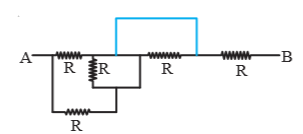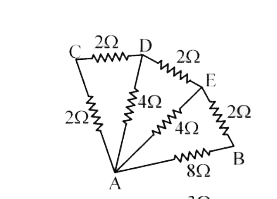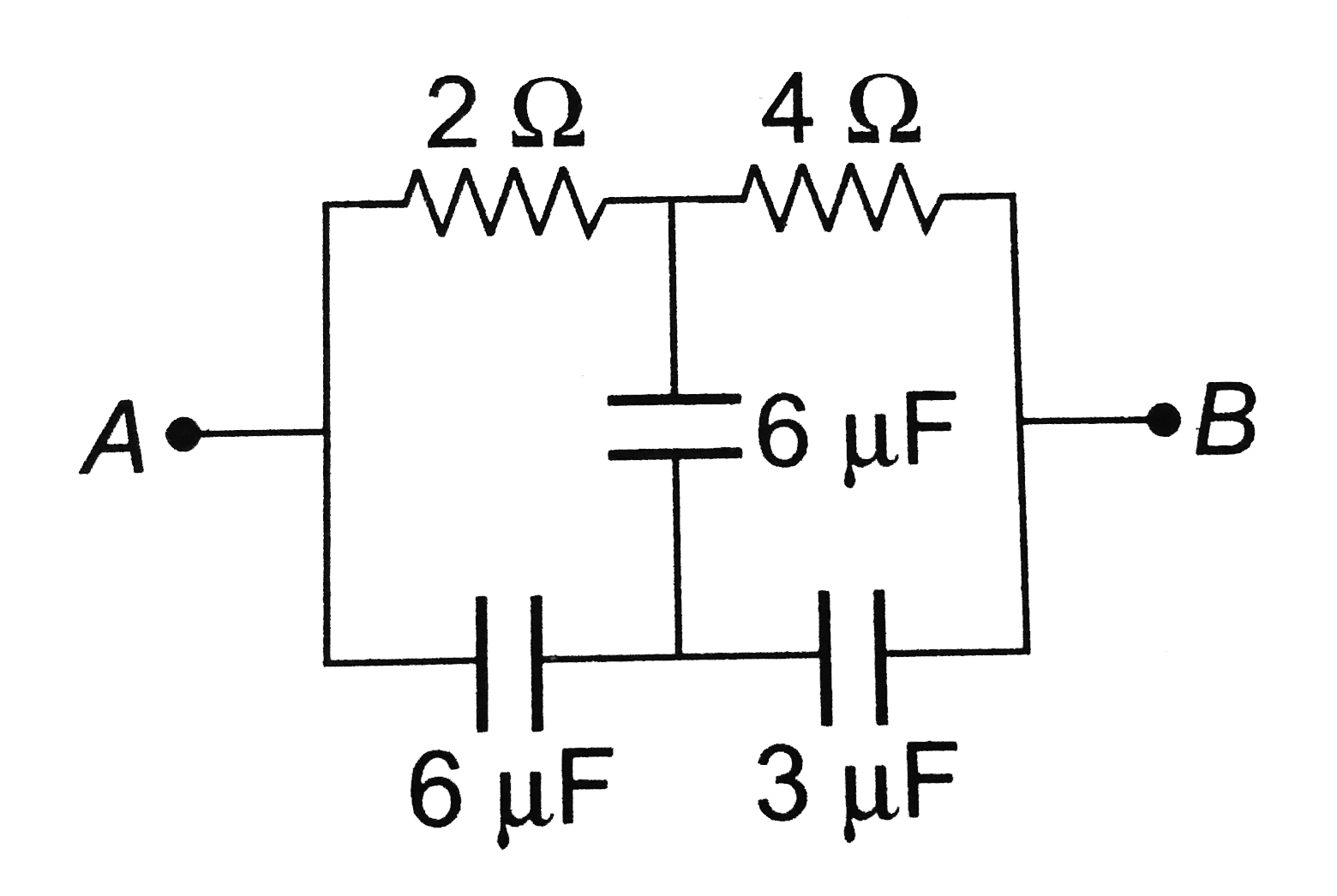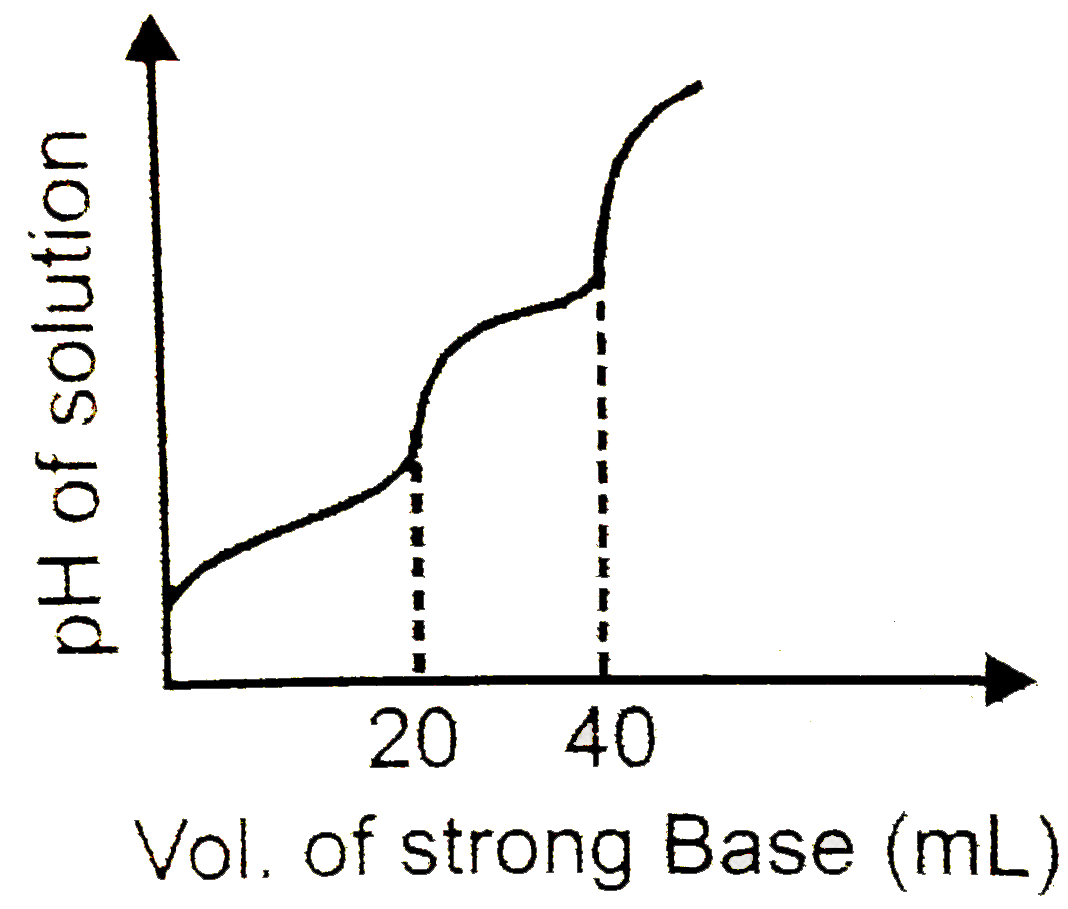What is the realtionship between [KIN and pH at the equivalence point ?
To solve the question regarding the relationship between pKindicator and pH at the equivalence point, we can follow these steps:
Step 1: Understand the Concept of Equivalence Point
At the equivalence point in a titration, the amount of titrant added is stoichiometrically equivalent to the amount of substance being titrated. This means that all the acid has reacted with all the base (or vice versa), resulting in a neutralization reaction.
Hint: Remember that the equivalence point is where the reaction between the acid and base is complete.
Step 2: Identify the Role of Indicators
Indicators are substances that change color at a specific pH range. The pKindicator is the negative logarithm of the acid dissociation constant (Ka) of the indicator. It indicates the pH at which the indicator changes color.
Hint: Know that pKindicator helps determine the pH range in which an indicator is effective.
Step 3: Relationship at the Equivalence Point
At the equivalence point, the solution may contain the salt of the weak acid or weak base, depending on the titration. The pH at this point is determined by the hydrolysis of the salt formed. However, for a strong acid-strong base titration, the pH at the equivalence point is neutral (around 7).
Hint: Consider how the nature of the titration (strong vs weak) affects the pH at the equivalence point.
Step 4: Establish the Relationship
For a weak acid-strong base titration or a weak base-strong acid titration, the pH at the equivalence point will not be neutral. In such cases, the pH at the equivalence point can be related to the pKindicator of the indicator used. The relationship can be summarized as:
pKindicator=pH at the equivalence point
This means that the pH at the equivalence point is equal to the pKindicator of the indicator used.
Hint: Recall that the equivalence point pH is influenced by the strength of the acid/base and the indicator used.
Final Answer
The relationship between pKindicator and pH at the equivalence point is given by:
pKindicator=pH at the equivalence point
At the equivalence point in a titration, the amount of titrant added is stoichiometrically equivalent to the amount of substance being titrated. This means that all the acid has reacted with all the base (or vice versa), resulting in a neutralization reaction.
Indicators are substances that change color at a specific pH range. The pKindicator is the negative logarithm of the acid dissociation constant (Ka) of the indicator. It indicates the pH at which the indicator changes color.
At the equivalence point, the solution may contain the salt of the weak acid or weak base, depending on the titration. The pH at this point is determined by the hydrolysis of the salt formed. However, for a strong acid-strong base titration, the pH at the equivalence point is neutral (around 7).
For a weak acid-strong base titration or a weak base-strong acid titration, the pH at the equivalence point will not be neutral. In such cases, the pH at the equivalence point can be related to the pKindicator of the indicator used. The relationship can be summarized as:
pKindicator=pH at the equivalence point
This means that the pH at the equivalence point is equal to the pKindicator of the indicator used.
The relationship between pKindicator and pH at the equivalence point is given by:
pKindicator=pH at the equivalence point
Topper's Solved these Questions
- IONIC EQUILIBRIUMBOOK - RESONANCE ENGLISHCHAPTER - IONIC EQUILIBRIUMEXERCISE - Exercise -1
28 Videos
- IONIC EQUILIBRIUMBOOK - RESONANCE ENGLISHCHAPTER - IONIC EQUILIBRIUMEXERCISE - Part -II (only one option correct type)
55 Videos
- IONIC EQUILIBRIUMBOOK - RESONANCE ENGLISHCHAPTER - IONIC EQUILIBRIUMEXERCISE - Solved Example Miscellaneous solved problems
13 Videos
- HYDROCARBONBOOK - RESONANCE ENGLISHCHAPTER - HYDROCARBONEXERCISE - ORGANIC CHEMISTRY(Hydrocarbon)
50 Videos
- IUPAC NOMENCLATURE & STRUCTURAL ISOMERISM BOOK - RESONANCE ENGLISHCHAPTER - IUPAC NOMENCLATURE & STRUCTURAL ISOMERISM EXERCISE - Advanced Level Problems Part-5
2 Videos
Similar Questions
What is the relationship between specific conductance and equivalent conductance ?
View SolutionWhat is the equivalent resistance between A and B?

View SolutionIn which of the following acid-base titration, the pH is greater than 8 at the equivalence point ?
View SolutionWhat is the equivalent resistance between A and B in the given circuit ?

View SolutionWhat is the equivalent resistance between A and B in the given circuit?

View SolutionAssertion : In a titration of weak monoprotic acid with strong base, the pH at the half equivalence point is pKa.
Reason : At half equivalence point, it will form acidic buffer at its maximum capacity where [acid]=[salt].
View SolutionAt half neutralisation of weal acid with a strong base,what is the relationship between pH and dissocaition constant (Ka) of weak acid ?
View SolutionWhat is the equivalent capacitance between A and B in the circuit shown ?

View Solution10 mL of H2A(weak diprotic acid) solution is titrated against 0.1M NaOH. pH of the solution is plotted against volume of strong base added and following observation is made. If pH of the solution at first equivalence point is pH1 and at second equivalence point is pH2. Calculate the value of (pH2−pH1) at 25∘C
Given for H2A,pKa1 =4.6 and pKa2 =8, log 25=1.4
View SolutionA weak base MOH was titrated against a strong acid. The pH at 14 th equivalence point was 9.3. What will be the pH at 34 th equivalence point in the same titration? (log3=0.48)
View Solution
